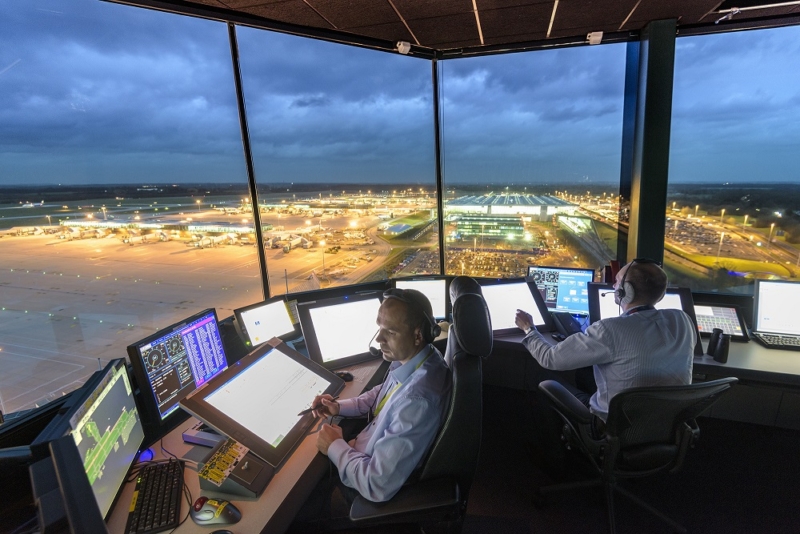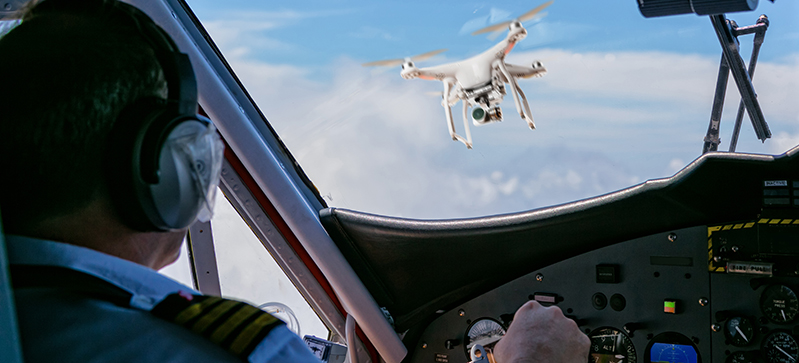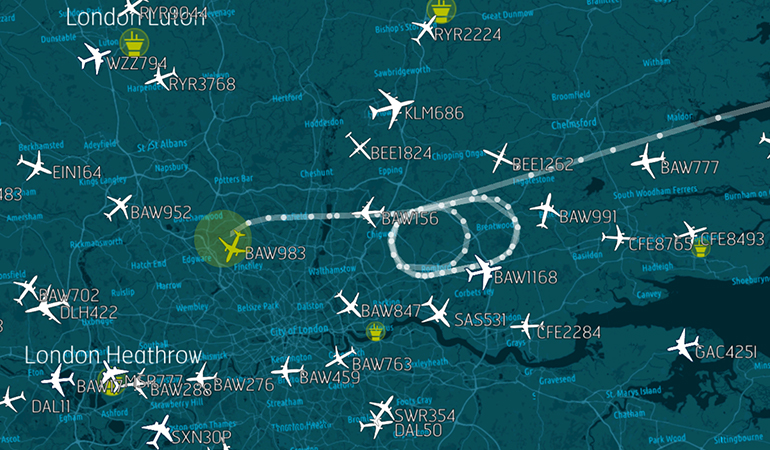As the World ATM Congress looms large on the horizon, we asked our CEO, Martin Rolfe, to share his views on the big topics sure to be on the lips of the Air Navigation Service Provider (ANSP) community in Madrid next week, from Unmanned Traffic Management and cyber security through to remote towers and new business models.
It’s a fascinating insight into his thinking and the direction in which NATS is heading after almost two years in the role.
We’ll be in Madrid for the duration of the show from 7-9 March, highlighting the latest thinking on the future of airport based ATM; how to maximise limited capacity on the ground and in the air; and the integration of drones into controlled airspace.
Cyber Security: With systems becoming increasingly interconnected and interdependent, how can ANSPs manage the cyber security risk?
Martin Rolfe: Cyber security is and will continue to be something that we all have to be mindful of, especially as more data is shared across the network and more systems become interconnected and interdependent.
Having said that I also don’t think we need to overcomplicate things. There are many examples of international networks, albeit perhaps not necessarily in safety critical roles, that have had to adapt to this new world. To an extent we have been insulated from this reality through the use of older technology, while others have already made the mind shift. The advantage we have is that the new technology that the industry is now adopting can have cyber security embedded and designed in from the start. We just need to get on with it.
Remote Towers: Are they only for small, geographically remote airfields?
Remote towers – or ‘digital towers’ as we call them – are an incredibly exciting technological development. Delivering airport air traffic services remotely from centralised locations will be transformational for our customers. We are actively exploring a number of opportunities in the UK and we will have a demonstrator to showcase our capability early this year.
For the customer, the offer is all about a better, cheaper service that can free up valuable real estate on the airfield. The benefits are obvious. However, for us as ANSPs it’s more of a mindset shift. None of us think twice about moving huge amounts of data around a secure network in order to provide an en-route service remotely. But for some reason there is a preconception that digital towers are only suitable for airfields of low complexity and low ATM volume. That’s just lazy thinking. There is no reason why the improvement to safety, enhanced controller tools and flexibility can’t be delivered regardless of traffic volumes, something that I expect us to be able to prove in the coming years.
Business Models: Will disruptive technologies have a radical effect on ANSP business models?
In those markets where competition exists – such as for airport tower services in the UK – it is absolutely the case that new technologies have the potential to be disruptive and potentially change the game. Digital towers are an obvious example of that. Who’s to say that in a few years’ time someone won’t be providing a service to an airport that could be on the other side of the world?
However, if that sort of shift is going to happen it also requires airport customers to understand, need and value that change. One of our biggest challenges as ANSPs is that ATM is still largely seen as a cost and burden to our customers rather than as a source of value. We need to change that, and where we have done that successfully, such as with our strategic partnership with London Heathrow, it is paying dividends for everyone involved.
On the en-route side, I just don’t see any political will for encouraging disruption. As such, unless if comes from outside the industry, I believe it is highly unlikely to change in the vast majority of countries in the near term.
Drones and unmanned aircraft: Who do you think should be responsible for Unmanned Traffic Management?
NATS fully supports the development of drones and we’re currently working with the rest of the industry to agree how they can be fully realised and integrated safely with conventional aviation.
The commercial use of drones is tightly regulated with specific qualifications and permissions required to operate. NATS holds some of the world’s most respected expertise in unmanned flight management and was instrumental in developing and validating the procedures for unmanned flight in UK airspace.
In September 2015, we took the next step by managing the first flight by an large drone in non-segregated controlled airspace. This was a world first and puts the UK at the leading edge of drone development. Similarly, you can see that with the work that Amazon is doing in Cambridgeshire.
Given that experience and success, we absolutely have the ambition to play a major role in UTM and how drones can be successfully integrated into our airspace. And as the market continues to mature I think it’s highly likely that the line between large drones and manned aircraft will become increasingly blurred to the point that it will eventually disappear, at least from the perspective of providing an ATM service. Once that happens I think there is no doubt that further innovations will follow.
Customers: How could the airports and airlines help support the case for airspace modernisation?
We are running out of space in the air and on the ground to cater for the UK’s future air travel needs. Nor is our airspace optimised for communities in the vicinity of airports or the global environment. To achieve these goals we need to modernise our airspace. It will improve safety and deliver capacity, whilst reducing our impact on the environment. It will require close collaboration with our airport and airline industry partners, as well as the regulator and the Government to set out the case for change to secure buy in from local communities.
Today’s aircraft are much quieter, more fuel efficient and have improved performance capabilities but our airspace has not changed to fully utilise all these advances. Designed in the 1950s and 60s for aircraft that have long since retired, our airspace handles traffic levels that have increased more than one hundred fold and traffic levels expected to increase by a further 40% by 2030. Imagine trying to put today’s road traffic through the road network of the 1960s. It would simply not work.
Modernising our airspace will deliver many of the benefits airlines and local communities want to see – improved safety, increased capacity and efficiency whilst reducing noise – but change is often difficult and we need to work closely with local communities to ensure we find solutions that strike the right balance between the needs of the country and our customers and the impact on local communities on the ground.
In the UK the Future Airspace Strategy is the vehicle which brings the industry together and industry engagement is imperative to help make the case for change with local communities. It is only together that we can achieve our capacity, efficiency, cost reduction and enhanced safety goals. At the end of last year we launched the Sky’s the Limit campaign together with IATA and all the UK airport and airline trade bodies in order to make the case for change, and we are already seeing the issue rise up the political agenda.
Outlook: The industry is changing at an unprecedented pace. What do you think the future holds?
Every year the industry gets together at the World ATM Congress in Madrid and talks about the supposed ‘unprecedented’ pace of change within the industry. Yes the potential is there and there is a clear willingness from within some ANSPs to embrace change, but it is equally clear that it is completely absent from others. We, as an industry, talk a lot but I don’t see a huge amount of action. The real question is whether there is willingness to break out of the old ways, particularly given the shackles of EU regulations, ICAO and national regulators.
However I remain optimistic and confident that those ANSPs that are willing to innovate, collaborate and be truly customer orientated will find a way to thrive in whatever environment we find ourselves in.
Comments
Please respect our commenting policy and guidelines when posting on this website.







28.02.2017
12:22
Elliot
Would be interesting to hear what are the solutions they have in mind to modernise the airspace.